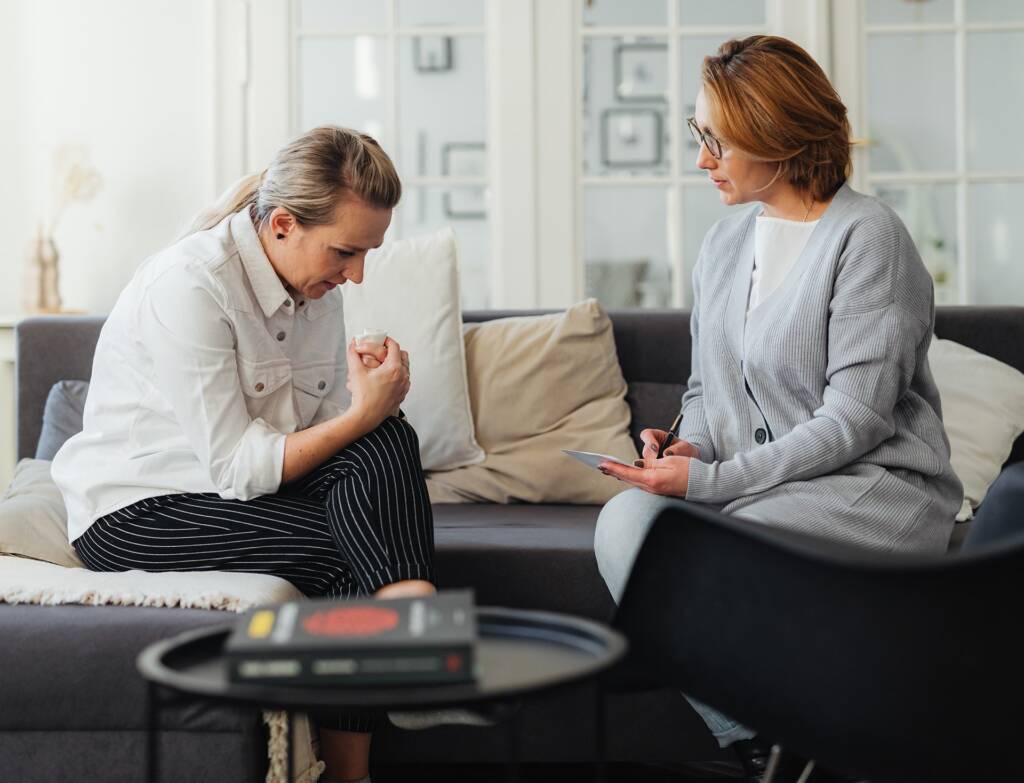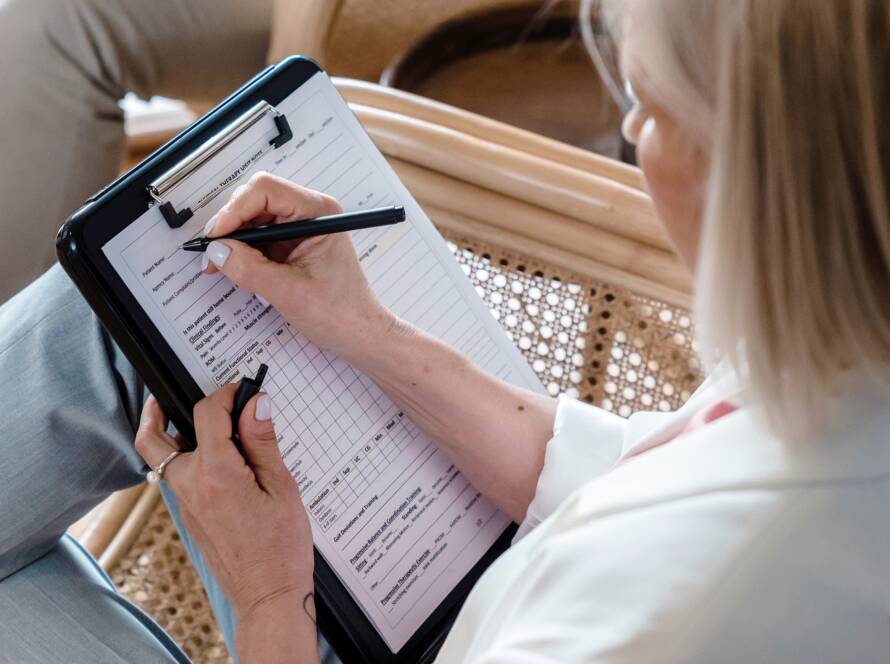As we age, maintaining focus and concentration can become increasingly difficult. Whether it’s due to the natural aging process, stress, or health concerns, staying mentally sharp is essential for leading a fulfilling life. One promising approach to improving concentration is Attention Bias Modification (ABM). This technique focuses on retraining the brain to direct attention more effectively, helping seniors improve their ability to concentrate and manage distractions. Here’s what you should know about ABM and how it can benefit you:
1. What is Attention Bias Modification?
Attention Bias Modification is a psychological technique that helps individuals change the way they focus their attention. Often, people unknowingly pay more attention to negative or distracting stimuli, which can lead to difficulties with concentration. ABM works by training the brain to shift its focus toward more relevant and positive stimuli. By doing so, it can help improve mental clarity, reduce anxiety, and enhance the ability to concentrate.
2. How Can ABM Benefit Seniors?
For seniors, maintaining mental health and cognitive function is crucial. ABM can be particularly beneficial in addressing the challenges that come with aging, such as:
Better Emotional Regulation: By modifying attention biases, ABM can also help improve emotional regulation, which is essential for mental well-being.
Improved Concentration: As we get older, our attention span may decline, making it harder to stay focused on tasks. ABM helps seniors retrain their brain to stay focused on important tasks and reduce distractions.
Reducing Anxiety: Seniors often face anxiety due to various life changes, including health issues, retirement, or the loss of loved ones. ABM can help alleviate this anxiety by teaching the brain to focus on positive, calming stimuli.


3. How ABM Works for Seniors
ABM typically involves exercises that encourage individuals to focus on positive or neutral stimuli instead of negative ones. These exercises are often done through computer-based programs or mobile apps, making them accessible to seniors who are comfortable with technology. The process usually includes:
- Visual Tasks: These may involve looking at pictures or words on a screen and selecting those that are positive or calming.
- Attention Training: Seniors may engage in tasks that train them to focus on relevant information, such as following instructions or paying attention to specific details in a story or image.
The beauty of ABM is that it can be tailored to meet the specific needs of seniors, whether it’s improving concentration for daily activities, reducing stress, or enhancing cognitive function.
4. Benefits for Everyday Life
Incorporating ABM into daily routines can have practical benefits for seniors, such as:
Increased Confidence: As concentration and mental clarity improve, seniors often feel more confident in their ability to manage daily activities and remain independent
Improved Memory Recall: By enhancing concentration, seniors may find it easier to remember names, appointments, and other important details.
Better Problem Solving: With enhanced focus, seniors can improve their ability to tackle problems and make decisions more efficiently.
“Aging is not lost youth but a new stage of opportunity and strength.” – Betty Friedan
5. Getting Started with ABM
If you’re a senior interested in trying Attention Bias Modification, it’s important to start slowly and consult with a healthcare provider if necessary. There are various programs and apps available that are designed specifically for older adults, many of which are easy to use and offer step-by-step instructions.
Begin with short sessions and gradually increase the time spent on each exercise. Many seniors find that consistent practice leads to noticeable improvements in concentration and mental clarity over time.

Attention Bias Modification is a promising tool for seniors looking to improve their concentration, manage anxiety, and enhance cognitive function. By training the brain to focus on positive and relevant stimuli, ABM can help seniors stay sharp, reduce stress, and enjoy a higher quality of life.
“It is not how old you are, but how you are old.” – Jules Renard



